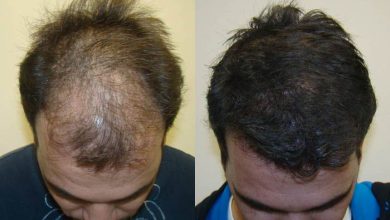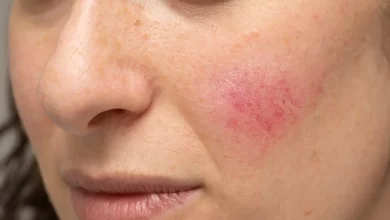Tarte Amazonian Butter Lipstick

Brand Name: Tarte
Shade: Coral Blossom
Finish: Glossy
Overall Rating: 2.5/5
Packaging Highlights
- Tarte can never disappoint when it comes to packaging
- Comes in a floral tube
- Looks appealing
- Mine came in Sephora Favorites Give Me Some Lip set 2015
What I like about TARTE AMAZONIAN BUTTER LIPSTICK?
- Great for fair skin tones
- Good pigmentation with one stroke
- Very lightly stains lips
- Great packaging
What I don’t like about TARTE AMAZONIAN BUTTER LIPSTICK?
- It breaks easily because the formula is so buttery
- Looks a little unnatural because of glossy/sheer formula
- Smells like mint
My Thoughts
I did not like anything as such about this lipstick to be honest except the packaging and pigmentation. Wish it was matte or atleast wearable even if they wanted to go ahead with glossy formula. It looks kind of shiny and unnatural on my skin tone. It can look great on fair skin tones but medium to tan skin tones cannot carry it well. Mine broke in only two uses because the formula is very buttery.
Suggested Usage
- For fair skin only
- Can be applied over liquid matte lipsticks
- Can be used as a base before applying ultra-matte liquid lipsticks by Colourpop
What is it made of?
Tarte Coral Blossom Ingredients:
polyglyceryl-2 triisostearate, simmondsiachinensis (Jojoba) seed oil, octyldodecanol, pentaerythrityltetraisostearate, polyethylene, CandelillaCera/Euphorbia Cerifera (Candelilla) Wax/Cire de candelilla, diisostearyl malate, stearyldimethicone, tridecyltrimellitate, Bis-Diglyceryl polyacyladipate-2, glycerylricinoleate, synthetic wax, octyldodecylmyristate, polybutene, ButyrospermumParkii (Shea) Butter, VP/Hexadecene copolymer, Cera Alba/Beeswax/Cired’abeille, ethylene/propylene/styrene copolymer, Cera Carnauba/CoperniciaCerifera (Carnauba) Wax/Cire de carnauba, menthapiperita (peppermint) oil, C10-30 cholesterol/lanosterol esters, silica, butylene/ethylene/styrene copolymer, tocopheryl acetate, limonene, BHT, linalool, astrocaryumMurumuru seed butter, TheobromaGrandiflorum seed butter, tocopherol, mica. May Contain/PeutContenir/(+/-): titanium dioxide (CI 77891), red 7 lake (CI 15850), red 28 lake (CI 45410), red 30 lake (CI 73360), yellow 5 lake (CI 19140).
By : Natural Health News








